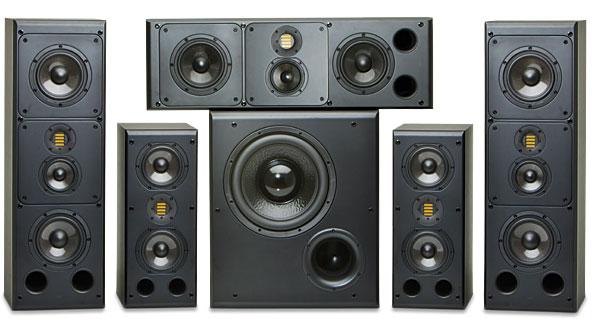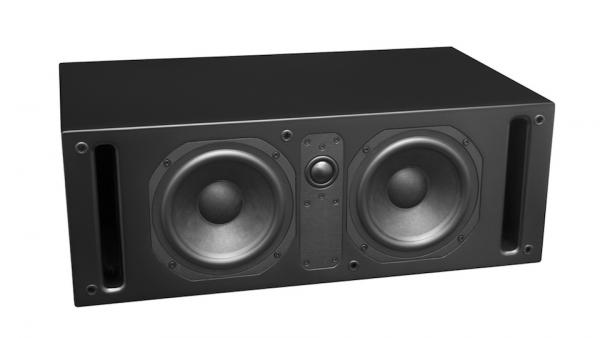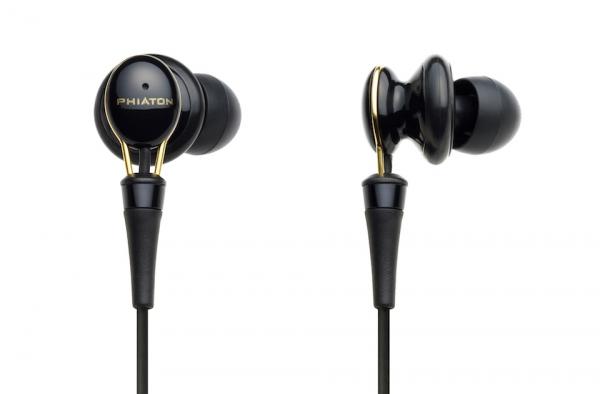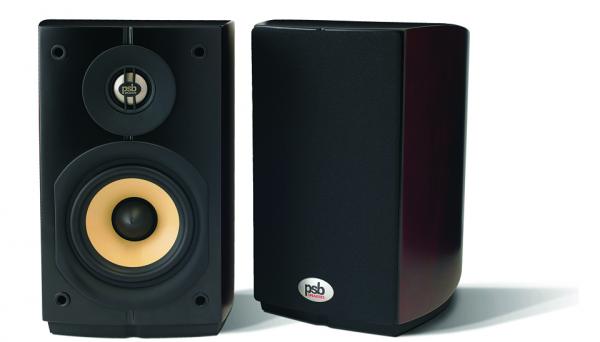LATEST ADDITIONS
|
Dec 27, 2011
|
Dec 23, 2011
As consumers access more online content, they must contend with two very different distribution methodsstreaming and downloading. With streaming from services such as Netflix and Hulu, you select what you want to watch or listen to, and the provider sends it over the Internet in real time. The content is not stored at your end, except perhaps for buffering a few minutes worth to guard against short interruptions. As a result, the receiving device can be simple and relatively inexpensive, but the quality depends greatly on the available bandwidth to the device.
By contrast, downloading from services such as iTunes pulls a copy of the content from the providernot in real time, but at whatever speed your connection allowsand stores it on a hard disk or other high-capacity memory to play once the download is complete. In this case, quality is independent of your online bandwidth, since the download can take as long as it needs to. However, devices with lots of storage capacity are generally more expensive, and there are copy-protection issues to deal with.
Which type of distribution do you prefer, streaming or downloading? Or do you avoid online content altogether?
Vote to see the results and leave a comment about your choice.
|
Dec 23, 2011
|
Dec 22, 2011

















